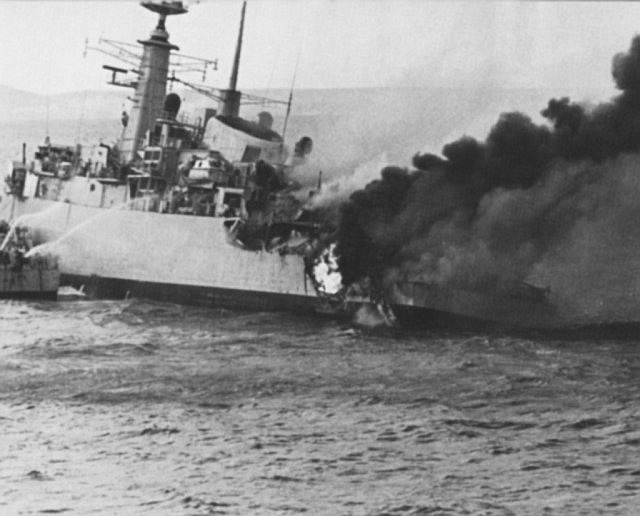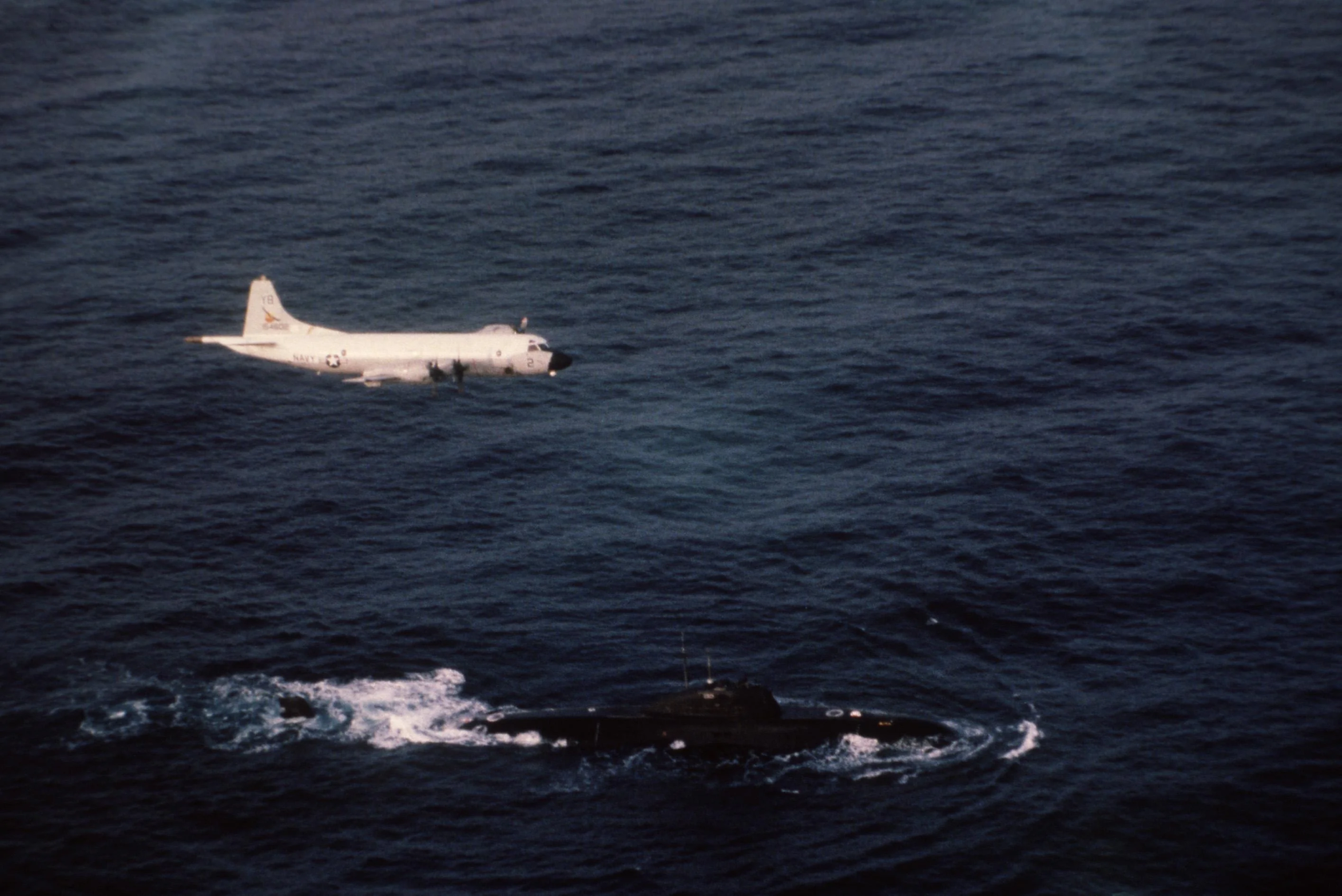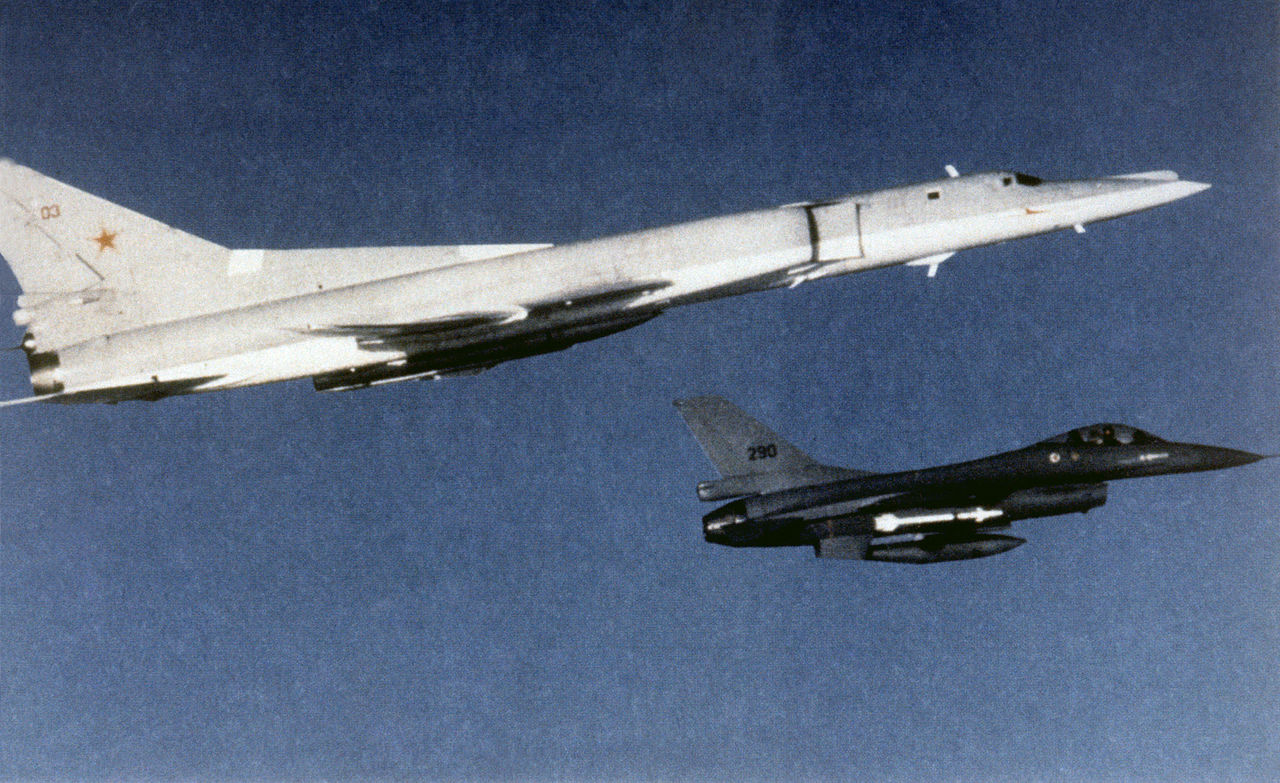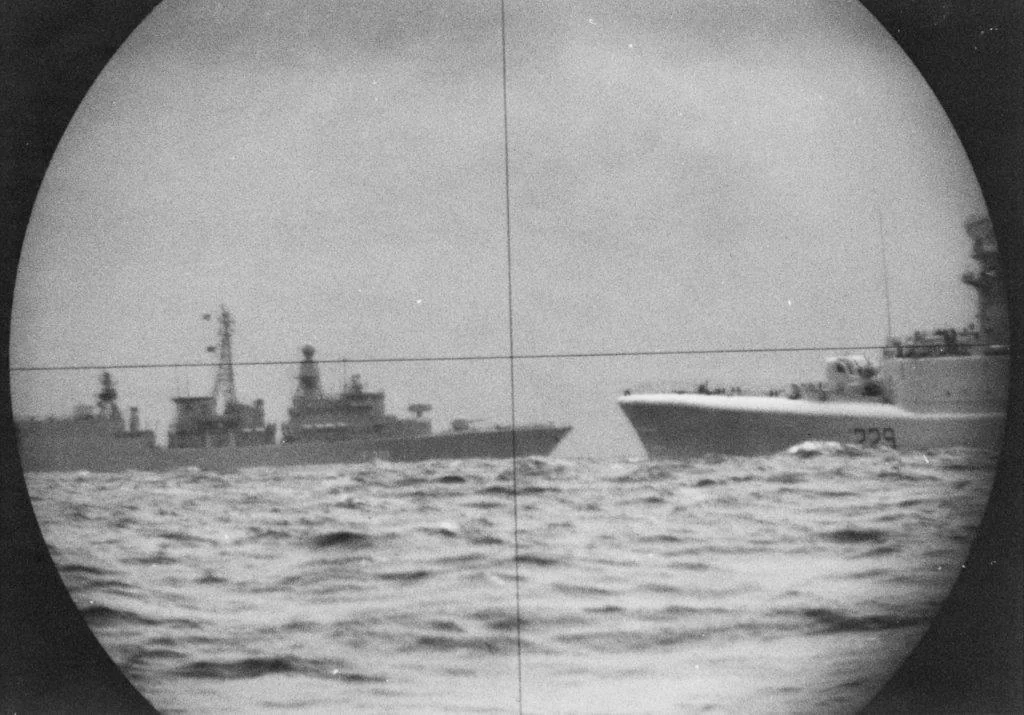Incident at Paldiski (June 18-21, 1989)
The Incident at Paldiski encompasses the four-day naval confrontation between NATO forces and Soviet Baltic Fleet units from June 18-21, 1989, culminating in formal alliance declarations of hostilities. The crisis originated from Royal Navy humanitarian evacuation operations near the Soviet naval facility at Paldiski, Estonia, during ongoing Baltic suppression campaigns. Western intelligence assessments attribute escalation to deteriorating communication protocols, Soviet security concerns regarding the Paldiski nuclear submarine facility, and the February Committee leadership's strategic rejection of NATO presence in Baltic waters.
Background and Context
Humanitarian conditions in the Baltic republics deteriorated significantly throughout May and early June 1989 during continued Soviet suppression operations against Estonian, Latvian, and Lithuanian independence movements. Western intelligence estimates indicate approximately 12,000 Baltic civilians attempted maritime escape routes, utilizing fishing vessels and private boats to reach Swedish and Finnish territorial waters. Swedish authorities established temporary refugee processing facilities on Gotland Island, while Finland maintained restrictive policies due to proximity considerations and neutrality commitments.
Estonian resistance networks operated from concealed positions near Paldiski submarine base, maintaining coordination with Swedish intelligence services and providing real-time information on Soviet naval movements and suppression operations. These networks included former Estonian Soviet Navy personnel possessing detailed knowledge of base layouts and security procedures. Western signals intelligence detected increasingly sophisticated communication between Estonian resistance cells and external coordination elements, indicating significant organizational capability despite ongoing Soviet operations.
The Yazov administration identified Baltic maritime escape routes as critical vulnerabilities in suppression effectiveness, particularly given symbolic significance of successful refugee evacuations for international opinion. Soviet naval forces increased patrol activities throughout Baltic approaches and implemented lethal force policies against unauthorized vessels departing Estonian territorial waters. The 336th Guards Independent Naval Infantry Brigade deployed to reinforce coastal security with specific instructions preventing external intervention in suppression operations.
HMS Birmingham Operations
HMS Birmingham (D118) operated in international waters approximately 45 nautical miles northwest of Paldiski on June 15, receiving distress signals from multiple small vessels attempting escape from Estonian waters. The destroyer's commanding officer, Captain Jonathan Woodward, reported heavy Soviet patrol boat activity and evidence of gunfire directed toward refugee vessels. Intelligence assessments indicated Soviet forces systematically targeted escape attempts with lethal force, creating immediate humanitarian concerns for British leadership.
Authorization for HMS Birmingham's approach toward Estonian territorial limits emerged from Foreign Office and Ministry of Defense coordination, based on intelligence indicating approximately 200 Estonian civilians, including families with children, trapped in defensive positions near Paldiski harbor.
Captain Woodward received authorization to enter Estonian territorial waters at 0347 hours on June 18, with specific instructions to extract civilians under Rules of Engagement permitting defensive fire only. The destroyer approached within 2.8 nautical miles of Paldiski coastline, deploying its Lynx helicopter and two rigid inflatable boats to conduct evacuation operations. Initial contact with Estonian resistance elements occurred at approximately 0415 hours, with British forces beginning civilian extraction under intermittent small arms fire from Soviet positions.
Soviet Response and Escalation
Soviet Baltic Fleet headquarters at Kaliningrad detected HMS Birmingham's territorial incursion at 0351 hours through coastal radar installations, immediately triggering alert procedures throughout the 336th Guards Independent Naval Infantry Brigade and supporting naval aviation units. Initial Soviet assessment categorized British presence as direct military intervention in internal suppression operations, particularly given the destroyer's approach to the sensitive Paldiski nuclear facility.
Admiral Konstantin Makarov, commanding Baltic Fleet operations, contacted Moscow leadership through secure communications, receiving direct orders from Defense Minister Varennikov to eliminate all foreign military presence in Soviet territorial waters through necessary means.
Soviet shore-based artillery commenced targeting HMS Birmingham with 130mm coastal defense guns positioned at Paldiski at 0523 hours, achieving near-misses that forced the destroyer to increase speed and alter course while continuing evacuation operations. Captain Woodward reported civilian extraction approximately 60% complete, with 127 Estonian refugees successfully embarked and resistance elements providing covering fire for remaining evacuation boats.
Direct Engagement
Transition from warning shots to direct combat occurred at 0537 hours when HMS Birmingham's Sea Dart missile system engaged two Soviet Su-24 Fencer aircraft conducting low-level attack runs against the British destroyer. Both Soviet aircraft were destroyed, marking the first direct NATO-Warsaw Pact air combat engagement since World War II. Soviet forces responded immediately with concentrated artillery fire and anti-ship missile attacks from approaching naval units.
HMS Birmingham sustained significant damage from a P-270 Moskit anti-ship missile launched by Soviet destroyer Nastoychivyy, resulting in 23 Royal Navy casualties and critical damage to propulsion systems. Captain Woodward's damage control efforts prevented immediate sinking, but the destroyer's combat effectiveness was severely compromised. British forces completed civilian evacuation operations under combat conditions, successfully extracting 184 Estonian refugees despite ongoing Soviet fire.

HMS Birmingham , burning after being hit by a P-270 Moskit.
Combat intensity increased significantly when Soviet naval forces achieved torpedo hits on FGS Emden, causing catastrophic damage and forcing evacuation of the German crew. HMS Birmingham, despite damage, conducted successful rescue operations for 89 German sailors while under continued Soviet fire. Loss of the West German frigate with 34 casualties created immediate crisis conditions for NATO leadership and triggered alliance consultation procedures.
International Waters Engagement
HMS Birmingham and surviving crew from FGS Emden withdrew to international waters approximately 25 nautical miles northwest of Estonian territorial limits at 0647 hours on June 18. British naval command coordinated emergency medical evacuation for wounded German sailors while maintaining defensive posture pending clarification of Rules of Engagement from London. Western intelligence assessed Soviet forces would likely cease engagement once NATO units departed territorial waters, consistent with previous incidents involving territorial violations.

HMS Birmingham from Swedish ship HSwMS Malmö
British maritime patrol aircraft from RAF Kinloss documented the sinking through real-time reconnaissance, providing conclusive evidence of Soviet aggression against NATO forces operating in international waters. Emergency NATO Council sessions commenced at 0800 hours on June 18, with member nations receiving verified intelligence that Soviet forces had deliberately engaged alliance vessels outside territorial limits.
Soviet Submarine Operations
Soviet Baltic Fleet submarine operations escalated the crisis significantly when a Victor I-class submarine of an unknown designation torpedoed Danish merchant vessel Kronborg at 1342 hours on June 19, approximately 15 nautical miles southeast of Bornholm Island. The attack occurred without warning against a civilian vessel transiting established shipping lanes, resulting in 23 Danish merchant marine casualties and creating immediate crisis conditions for NATO leadership. Danish naval forces conducting search and rescue operations reported the Victor I-class remained submerged in the area, effectively threatening all maritime traffic in southern Baltic approaches.
Western intelligence assessments indicated Soviet submarine commanders received authorization to engage any vessel suspected of supporting evacuation operations or intelligence collection activities. Broad interpretation of engagement criteria appeared to include civilian shipping that might potentially assist refugee movements or provide cover for NATO intelligence operations. Swedish naval forces reported similar submarine contacts near Gotland Island, with unconfirmed torpedo attacks against Swedish fishing vessels operating in territorial waters.

Air Incursions and Border Escalation
Soviet escalation expanded beyond maritime operations when Tu-22M Backfire bombers violated Norwegian airspace at 0623 hours on June 20, conducting simulated attack runs against NATO facilities at Bodø Air Station before departing toward Soviet territory. Norwegian F-16 interceptors scrambled from Bodø engaged the Soviet formation, resulting in destruction of one Tu-22M and damage to a second aircraft. The surviving Backfire bomber crashed during emergency landing procedures at Severodvinsk, with Soviet authorities claiming the aircraft experienced navigation equipment failures.

RNoAF F-16A Block 10A intercepting the Backfires, they refused orders to leave Norwegian airspace and were subsequently engaged.
Warsaw Pact ground forces along the German border implemented heightened alert procedures, with East German and Czechoslovak units moving to forward positions consistent with offensive preparation. NATO intelligence detected significant increase in electronic warfare activity and communications jamming throughout Central Europe, indicating coordinated preparation for potential ground operations. Polish People's Army units conducted live-fire exercises near the West German border, while Hungarian forces increased patrol activities along the Austrian frontier.
Soviet surface-to-air missile sites throughout the Eastern Bloc achieved full operational status, with SA-10 Grumble systems tracking NATO reconnaissance aircraft operating near Warsaw Pact airspace. Systematic nature of air defense activation suggested centralized coordination from Moscow leadership rather than localized responses to immediate tactical situations. Western intelligence assessed Soviet preparations indicated potential for comprehensive military operations extending beyond the immediate Baltic crisis.
NATO Response and War Declaration
Emergency NATO Council sessions throughout June 19-20 addressed expanding scope of Soviet military operations against alliance members and neutral shipping. British Prime Minister Margaret Thatcher characterized destruction of HMS Birmingham in international waters as clear aggression requiring alliance response under Article 5 collective defense provisions. Danish authorities demanded immediate NATO action following submarine attack on Kronborg, while Norwegian leadership sought alliance support for air defense operations against continued Soviet violations.
United States President George H.W. Bush authorized deployment of USS Iowa (BB-61) battleship group and Sixth Fleet carrier assets toward the Baltic region, while activating additional NATO reinforcement procedures for Central European commands. Strategic assessment indicated Soviet actions represented systematic preparation for broader conflict rather than isolated responses to humanitarian intervention attempts. Intelligence coordination revealed Soviet military preparations extending throughout Eastern Europe, suggesting the February Committee leadership viewed the Baltic incident as justification for comprehensive confrontation with NATO alliance systems.
Soviet leadership in Moscow interpreted NATO military reinforcement as preparation for offensive operations against Warsaw Pact territory, triggering immediate escalation to full alert status for Category A motor-rifle divisions throughout Eastern Europe. Defense Minister Varennikov issued authorization for tactical nuclear weapons deployment to forward positions, while Soviet naval forces received orders to engage any NATO vessels approaching Eastern European coastal waters. Systematic nature of Soviet escalation indicated strategic calculation rather than reactive responses to immediate tactical developments.
Formal declaration of hostilities occurred at 1147 hours on June 21, 1989, when NATO Secretary General Manfred Wörner announced Article 5 collective defense provisions had been invoked following systematic Soviet attacks on naval and air forces of NATO member nations operating in international waters and airspace. Warsaw Pact leadership responded within four hours with declaration of defensive war against NATO aggression and interference in internal affairs of socialist states. Both alliance systems immediately implemented full military mobilization procedures, effectively ending the post-February Crisis diplomatic phase and initiating direct superpower confrontation.
Strategic Assessment
Western intelligence analysts assess the Paldiski incident represented culmination of escalating tensions since the February Crisis rather than an isolated confrontation. February Committee strategic calculations appeared to prioritize maintenance of suppression operations over diplomatic accommodation, viewing any NATO presence in the Baltic region as existential threat to Soviet control over Eastern European satellites.
Specific tactical factors contributing to escalation included communication failures between NATO naval units and Soviet coastal commands, Soviet security concerns regarding Western intelligence operations near sensitive military facilities, and psychological impact of ongoing refugee evacuations on Soviet suppression effectiveness. Humanitarian justification for British intervention created political momentum within NATO that made de-escalation increasingly difficult as casualties mounted.
Soviet strategic planning appeared to anticipate limited Western response to Baltic operations, with February Committee leadership apparently miscalculating NATO resolve regarding collective security principles. Systematic nature of Soviet engagement rules and immediate escalation to anti-ship missile attacks suggests pre-authorized response procedures designed to eliminate NATO presence through decisive action rather than graduated escalation.

